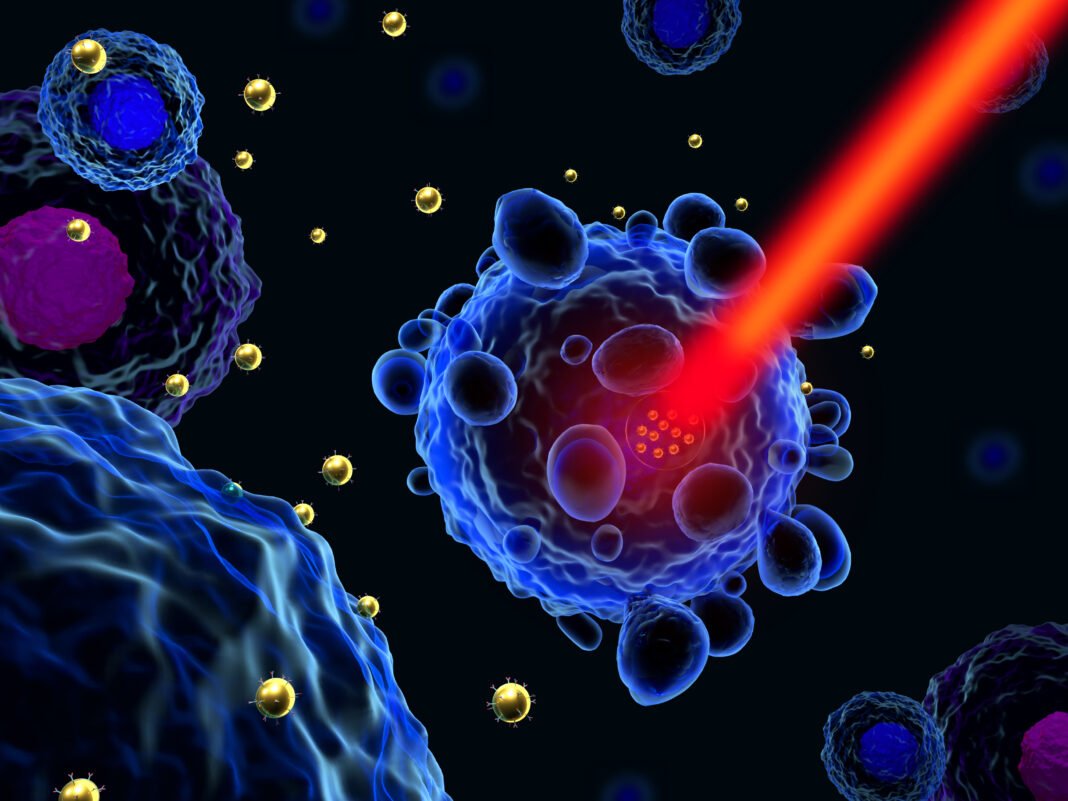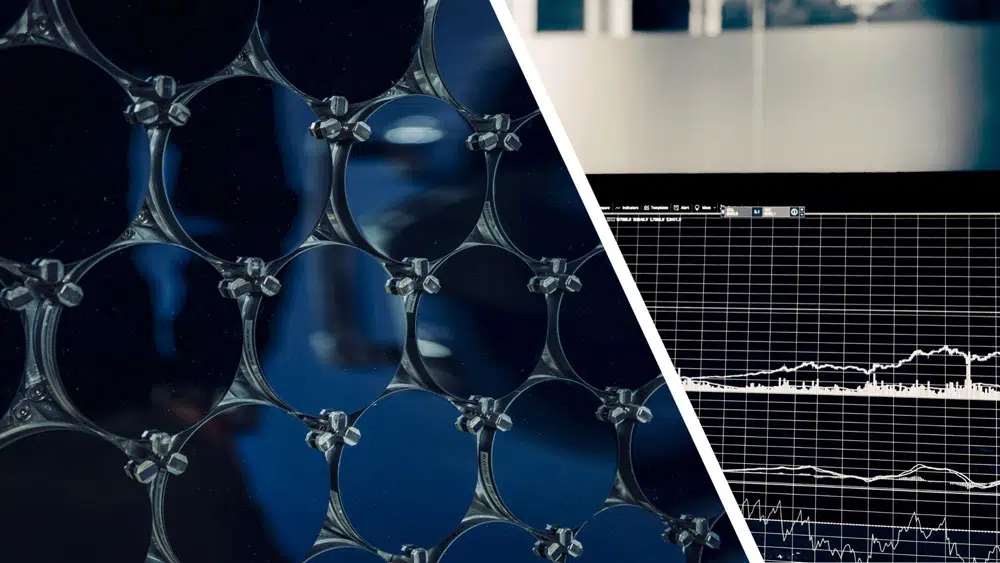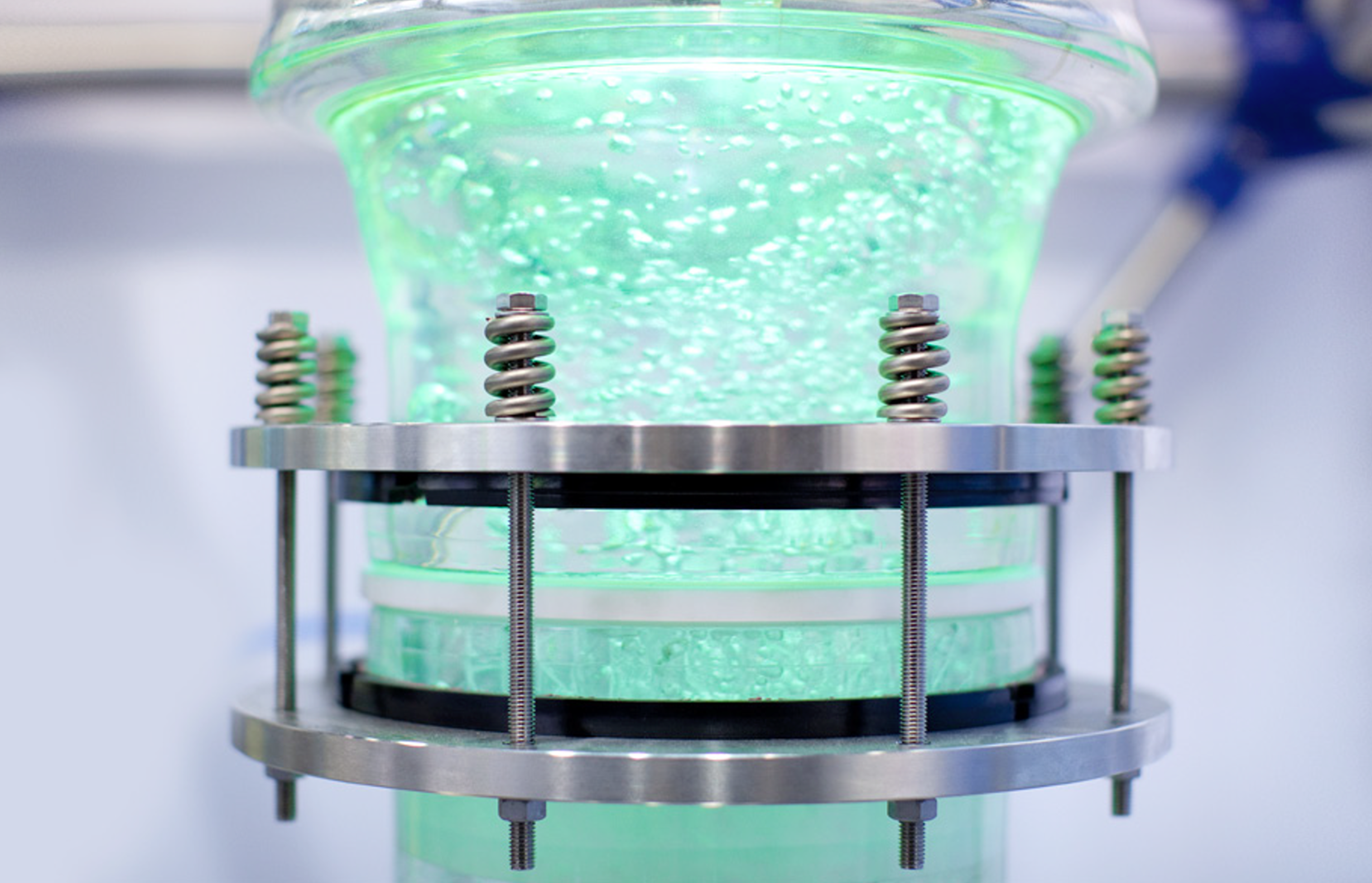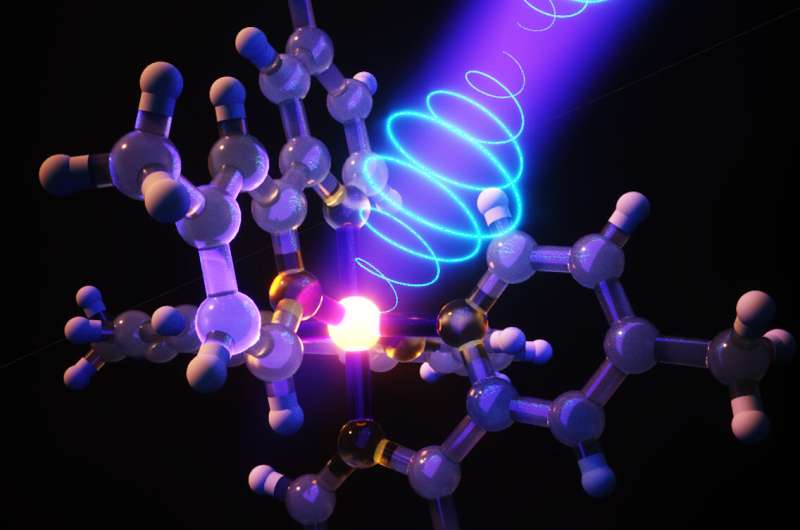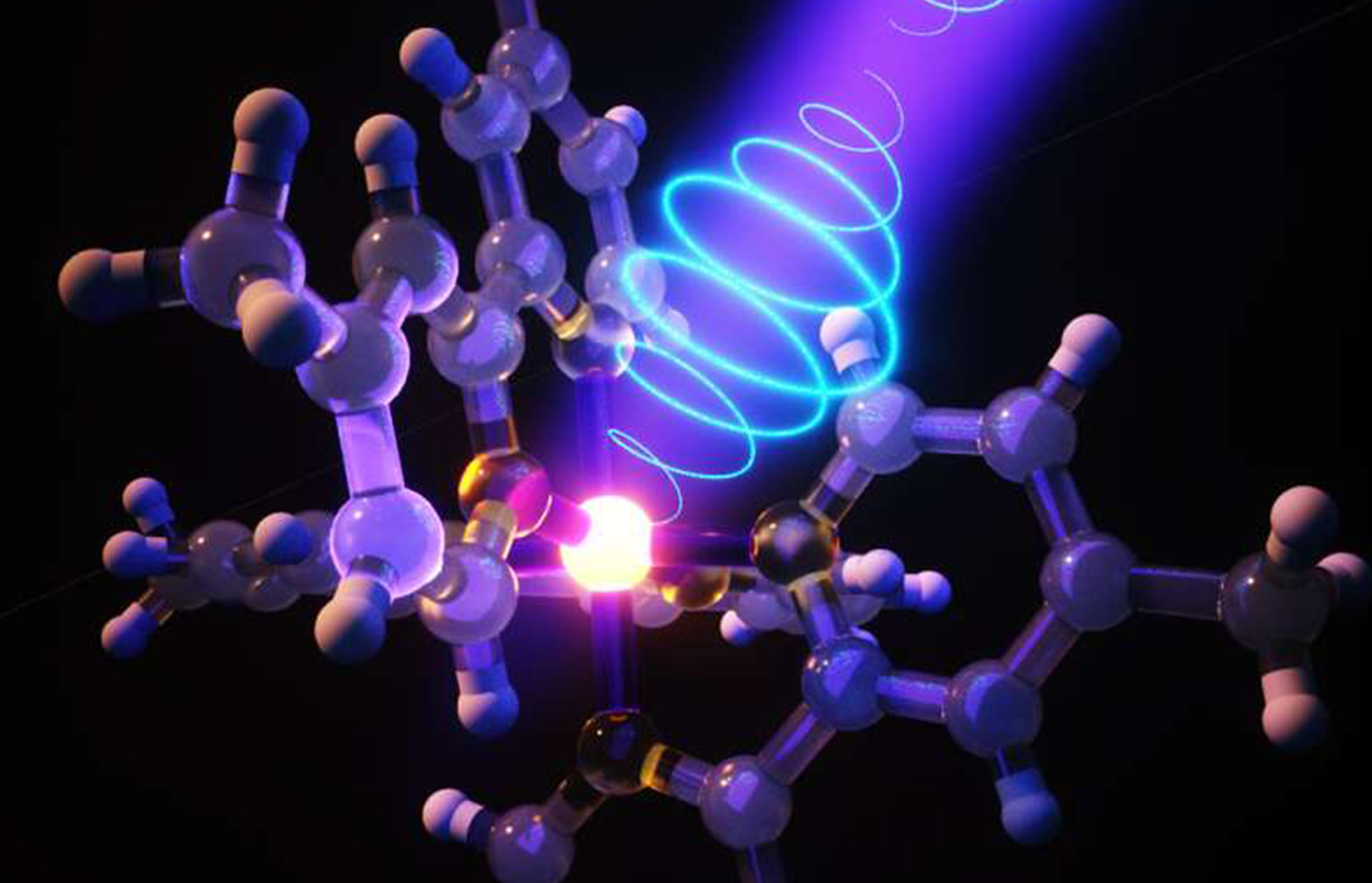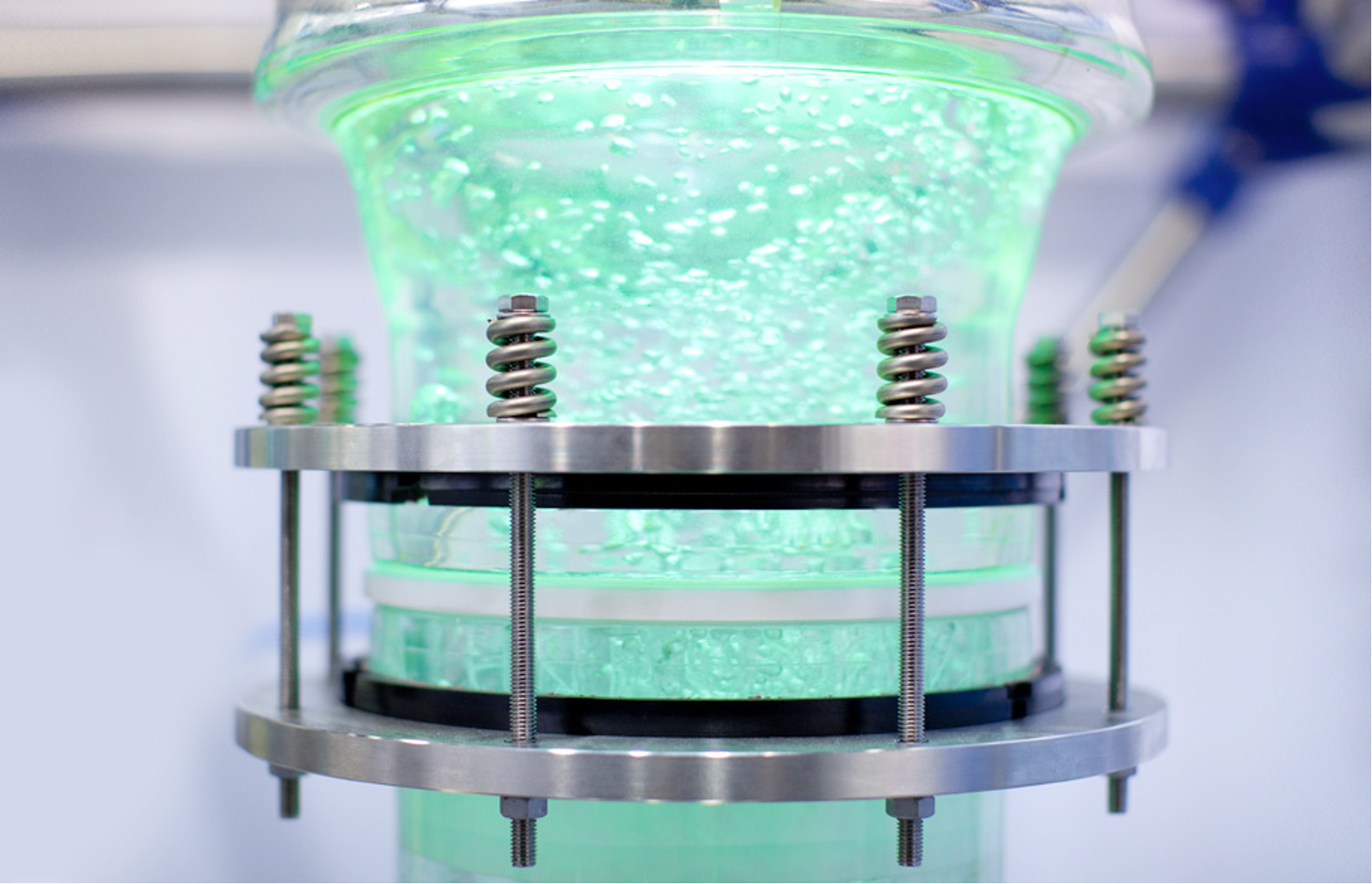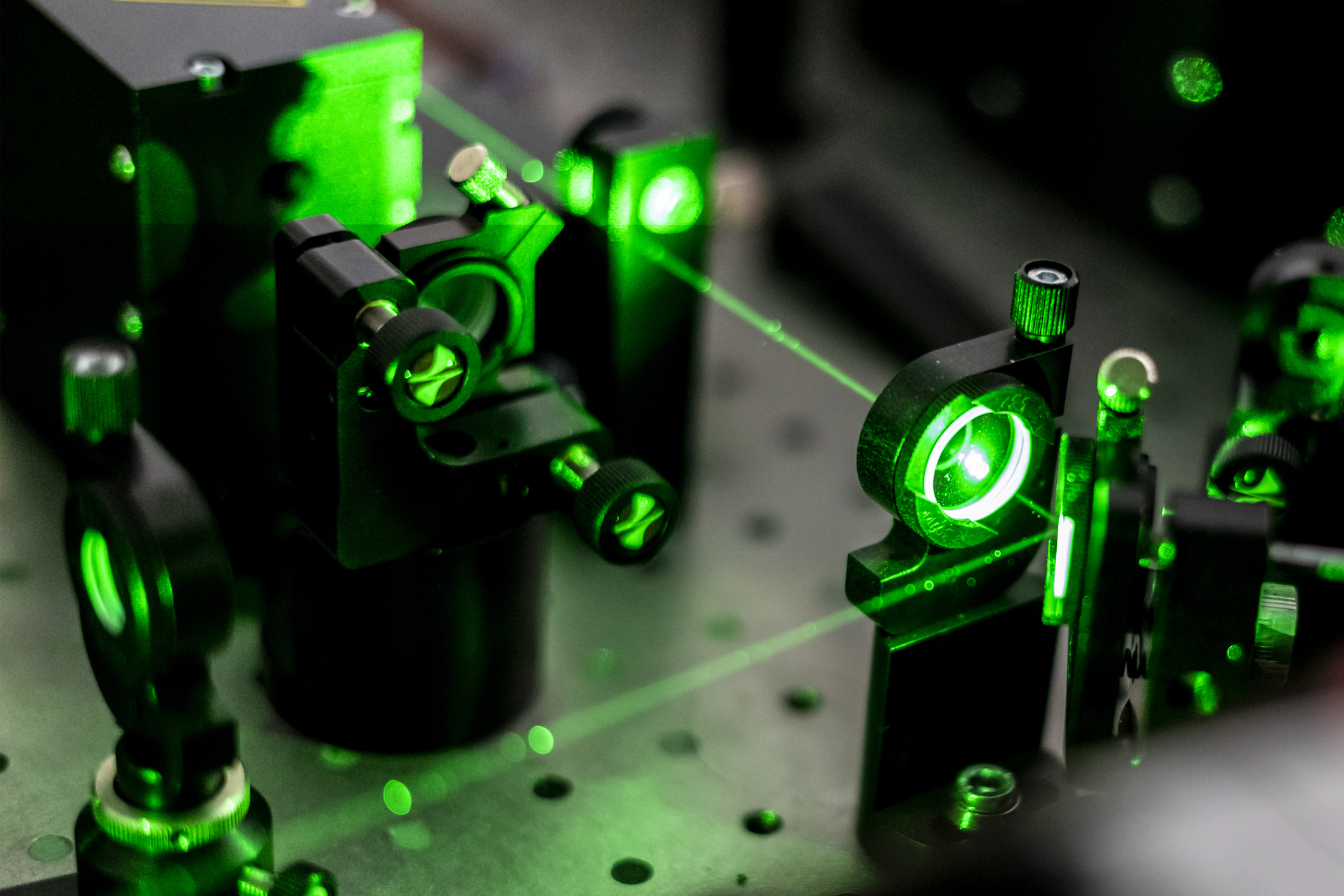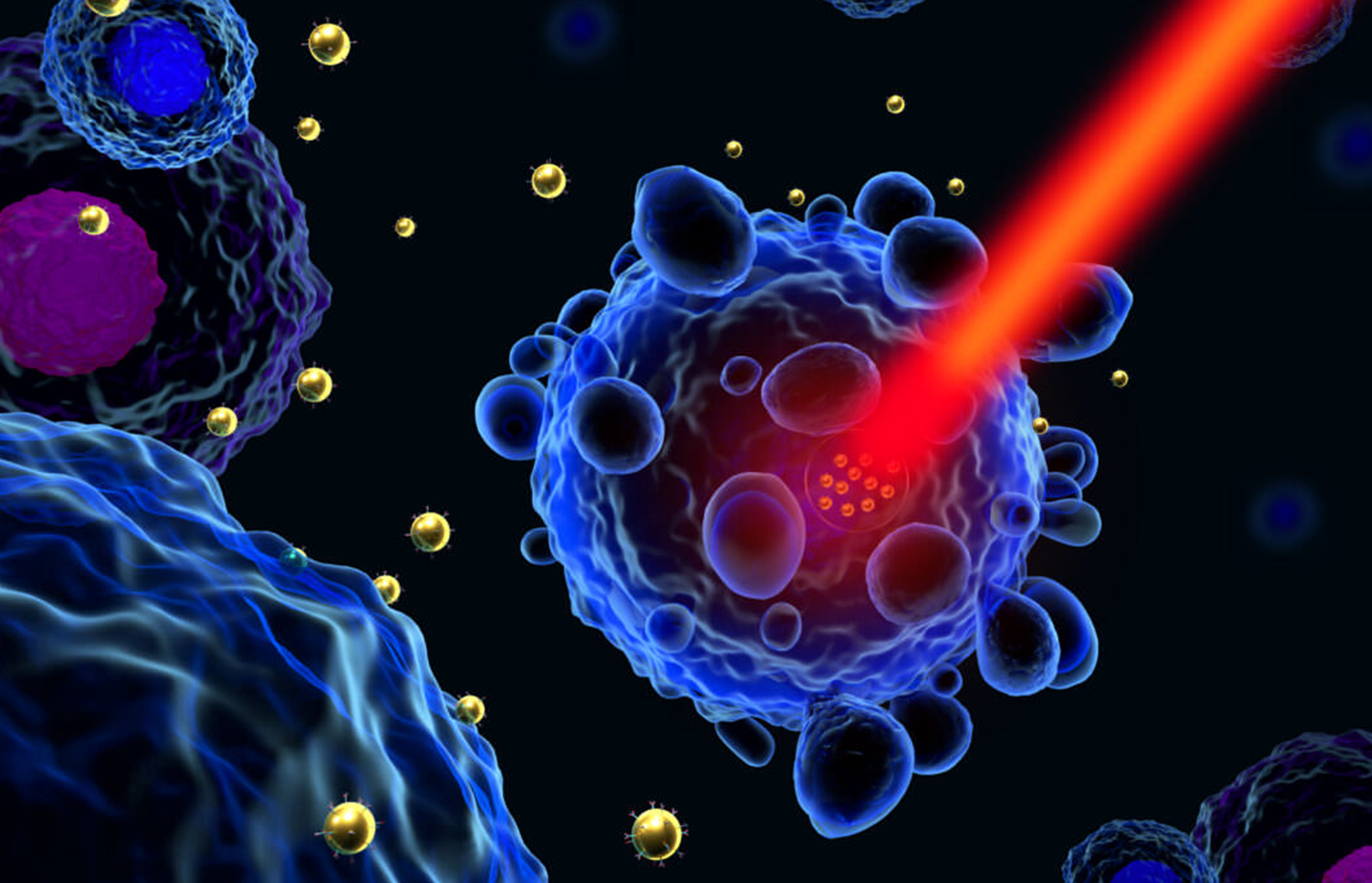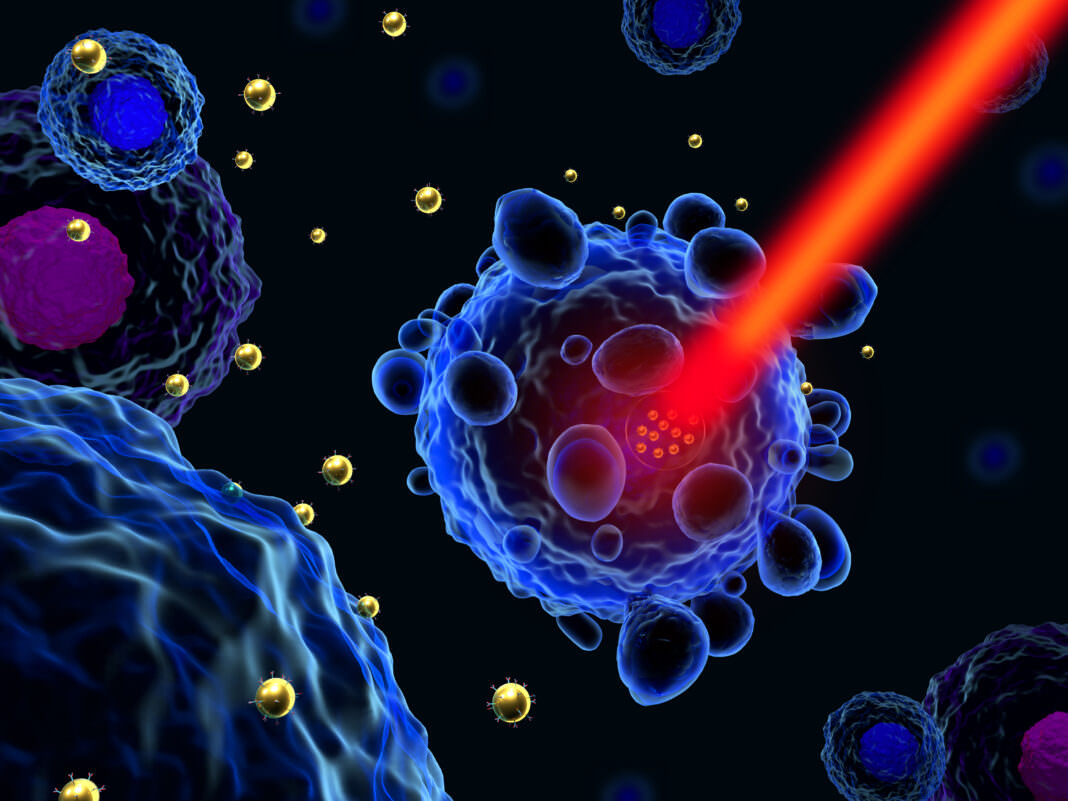
OPTICSKIN Project
© Meletios Verras
Multi-modality and multi-scale optical characterization and modelling of human skin applied to cancer diagnosis
Keywords
Skin cancer, photo-diagnosis, spectroscopy, microscopy, fluorescence, Raman, polarization, machine learning, numerical modelling

Summary
The main challenge of the Opticskin project is to achieve a breakthrough in the advanced knowledge of the optical properties and spectroscopic features of healthy, precancerous and cancerous human skin through an interdisciplinary multimodal and multiscale experimental and modelling approach.
The objectives of the project are to:
- build a completely unique and innovative consistent database of histological and optical spectroscopic characteristics of healthy, precancerous and cancerous human skin in terms of absorption, elastic and inelastic (Raman) scatterings, steady-state and time-resolved autofluorescence, and polarization, and to make it publicly available for the scientific and medical communities;
- identify colocalized multimodal spectroscopic signatures featuring the different tissue states of interest within the spatial cartographies (maps) of ex vivo skin sections, aided by machine learning methods for their histopathological classification;
- make the link between the bio-optical features (spectral signatures, optical parameters) of healthy, precancerous and cancerous human skin samples at microscopic scale ex vivo and at macroscopic scale in vivo.
The Opticskin project is carried out, for a duration of 4 years, by a consortium of 5 partners including 4 academic research laboratories in Nancy, Lyon and Paris and 1 regional hospital in Metz, featuring strong experience in interdisciplinary collaborative research projects and complementary skills in (i) clinical and biological expertise, (ii) multidimensional data processing, analysis and modelling and (iii) optical characterization of biological materials using diffuse reflectance spectroscopy, autofluorescence spectroscopy, Raman spectroscopy, fluorescence lifetime imaging, imaging Mueller polarimetry.
Consortium
CRAN • Vandœuvre-lès-Nancy
Centre de Recherche en Automatique de Nancy
Walter Blondel, Marine Amouroux, Paul Catala, Clarice Perrin–Mozet, Marie Camonin
IJL • Nancy
Institut Jean Lamour
Hervé Rinnert, Mathieu Stoffel, Sébastien Hupont
LPICM • Palaiseau
Laboratoire de Physique des Interfaces et des Couches Minces
Tatiana Novikova, Pavel Bulkin
CREATIS • Villeurbanne
Centre de Recherche en Acquisition et Traitement de l’Image pour la Santé
Bruno Montcel, Arthur Gautheron
CHR Metz-Thionville • Thionville
Centre Hospitalier Régional de Metz-Thionville
Nathalie Marcon, Grégoire Khairallah, Christophe Goetz
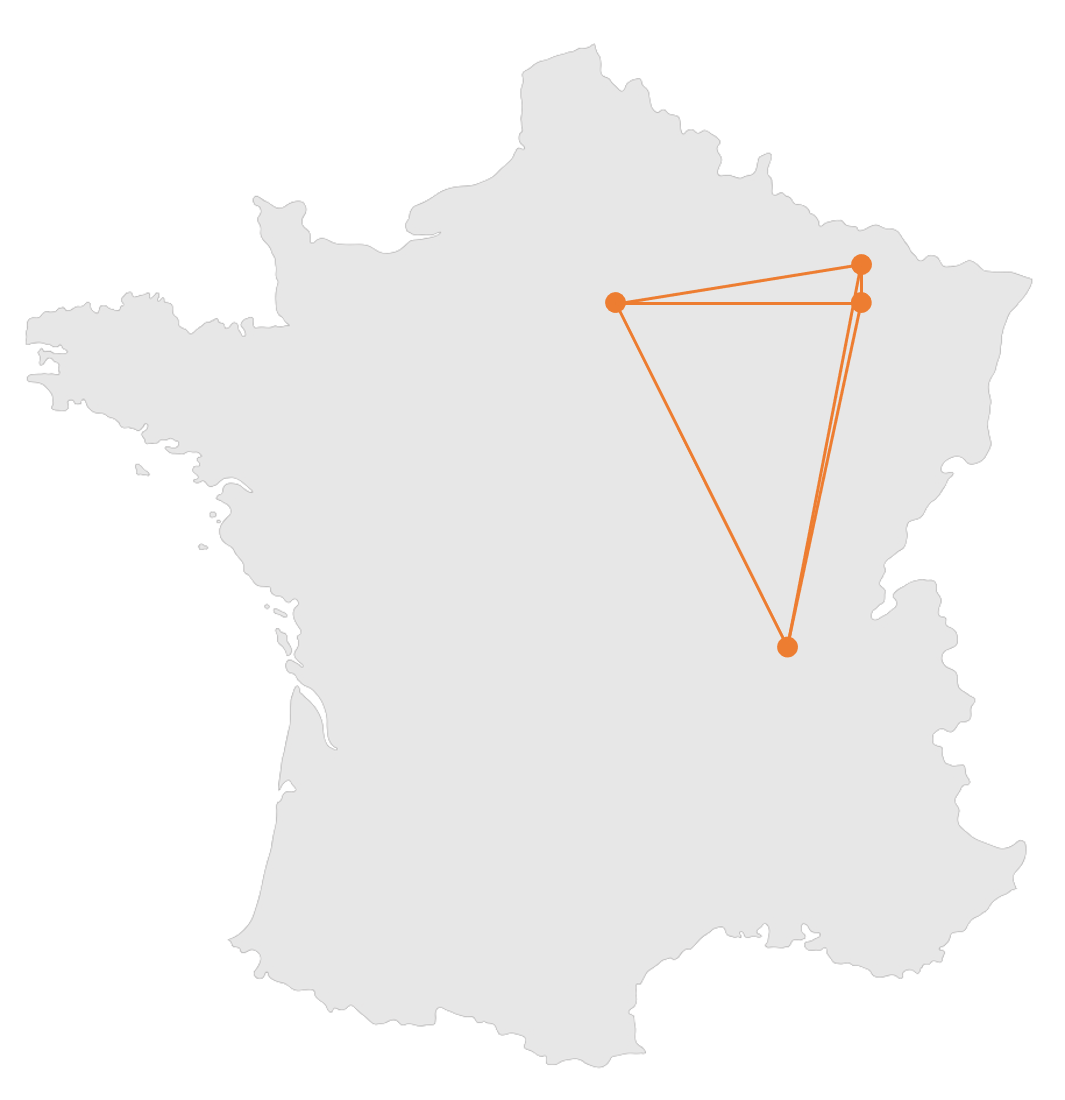
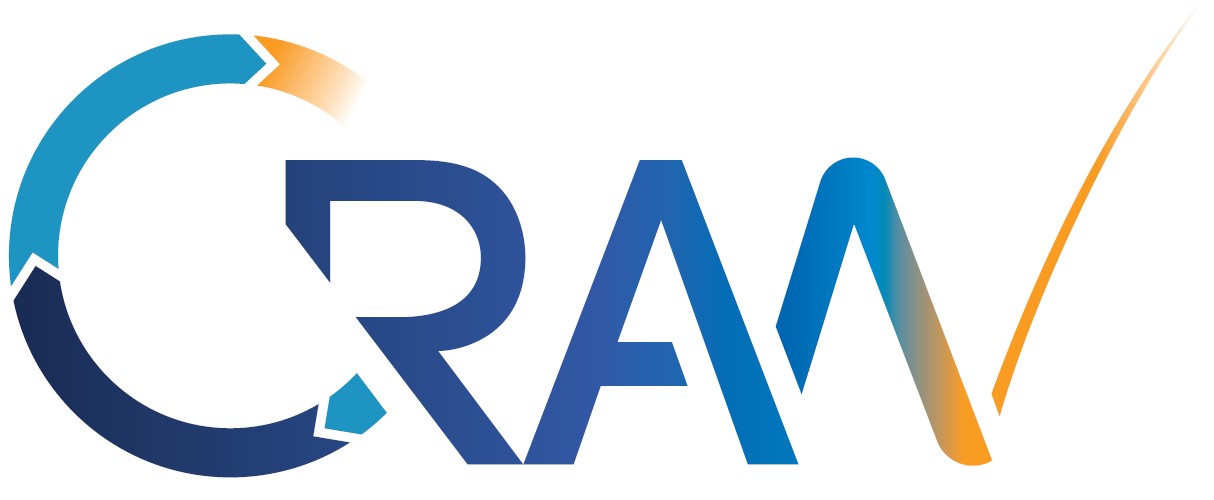

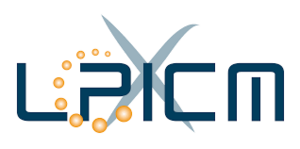

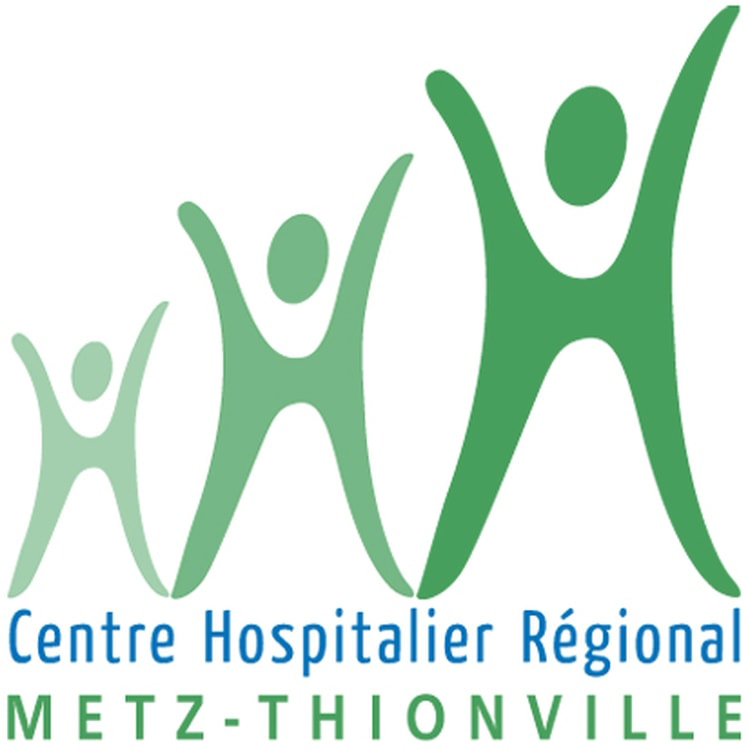

Publications
Les autres projets PEPR


